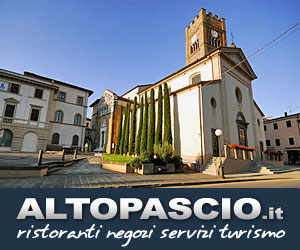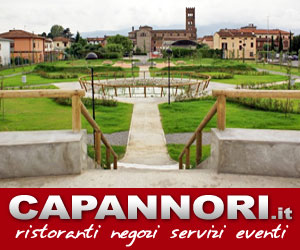
Villa Bottini Via Elisa, 9, LUCCA ,
Villa Bottini or Buonvisi at Garden is located in Via Elisa. The medieval period building and the beautiful garden are remarkable pieces of Renaissance-era architecture. Villa Bottini has a very charming garden and is located very close to Saints Gervasio and Protasio Gate. The area once marked the boundaries of the town of Lucca. The brilliant and elegant design of the villa is influenced by the works of Bartolomeo Ammannati (the renowned Italian architect of the 16th century). Italian architect Bernardo Buontalenti worked on the entrance door of the nymphaeum, and Vincenzo Civitali worked on the garden’s entrance door. Hence, many great Italian architects have worked towards creating the magnificent building and its garden.
History
In the 12th century, the property was owned by Marques Bottini Lucca. Lucca's Buonvisi family erected the villa (in its present shape) in the 16th century, and the buildings and the garden were their property until the late part of 18th century. When the last heir of the family died, the Villa was acquired by Elisa Bonaparte. Later Villa Bottini went to Motroni Andreozzi; Motroni Andreozzi gave the Villa as a dowry to Lorenzo Bottini, who was the husband of Marianna (Montroni's daughter). Marianna was a very literate woman and was also a musician. She restored the Villa to its original condition and ancient splendor. Niccolò Paganini, the famous and renowned Italian musician (the versatile artist was a composer, violinist, guitarist, and violist) of the 19th century is said to have visited the Villa during the time.
The Villa lastly went to Marcheschi. It was closed at one point of time and had years of neglect. The building was later acquired in the 1970s by the Tuscany Region which opened the Villa to visitors and tourists (after renovations and restorations).
The Beautiful Building of Villa Bottini
The building for logging of the Villa is located within a garden and has a rectangular shape. It has three doors and kneeling windows that are characteristic of the Renaissance era. The building of kneeling windows started in the 16th century and Tuscany, Italy was the region where the concept was formalized. One of the doors of the Villa is towards Via Elisa, and the other two are placed at the side avenues of the garden. There are two floors and a basement in the Villa. Many frescoes (paintings done in watercolor of ceilings and walls) can be found in the central hall of the building. Inside you will find the Room of Diana, Venus and Science.
Siena’s famous painter Ventura Salimbeni had decorated the interiors here in the 18th century.
The Mesmerizing Garden
The beautiful garden has four flowerbeds and two paths which intersect the flower beds. The lawn has the Oak trees, and two fountains are also located on the two sides of the lawn. The garden was called Buonvisi. Other trees like Lebanon cedars, horse chestnuts, sycamores and plants like Magnolias are also found in the garden. A boulevard or a wide street separates the two sides of the garden.
Technically speaking, Villa Bottini should be called as a Palazzo, since it is located inside the walls of the city Lucca. Villas are kind of country mansions while Palazzos are urban or city mansions. But when the villa was built, it was on the outsides of the city walls and hence the name.
Today many musical and cultural events take place at the Villa during the summer as it offers an unique scenery.
Find Tourist Attractions





